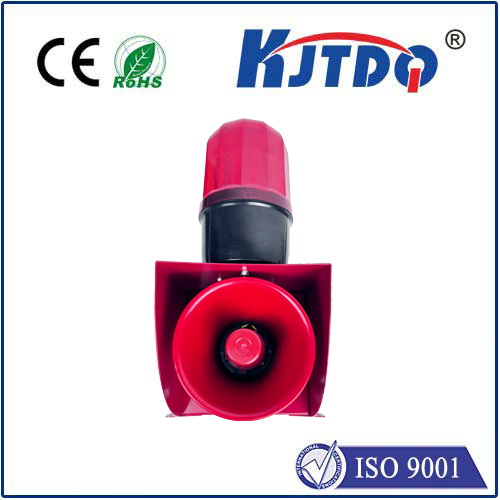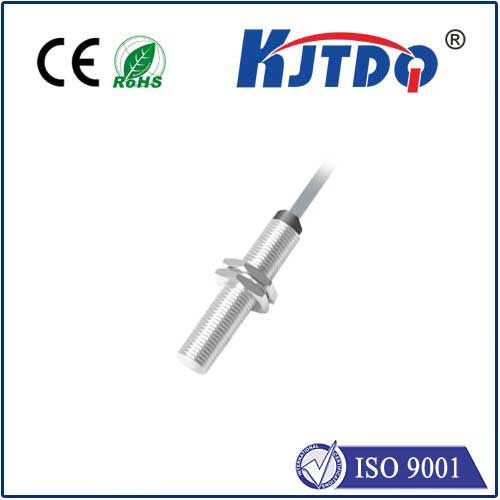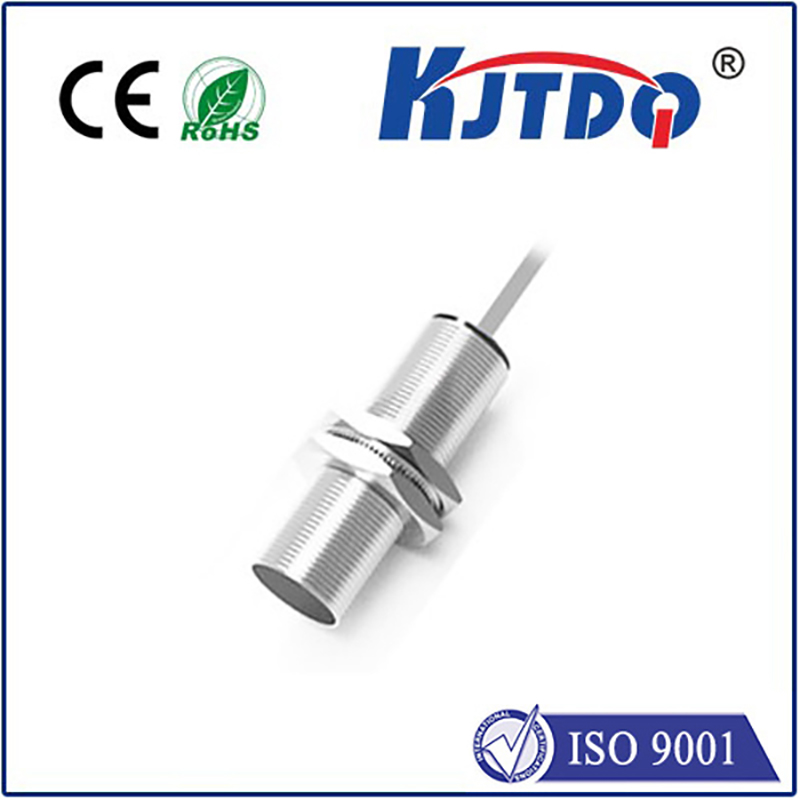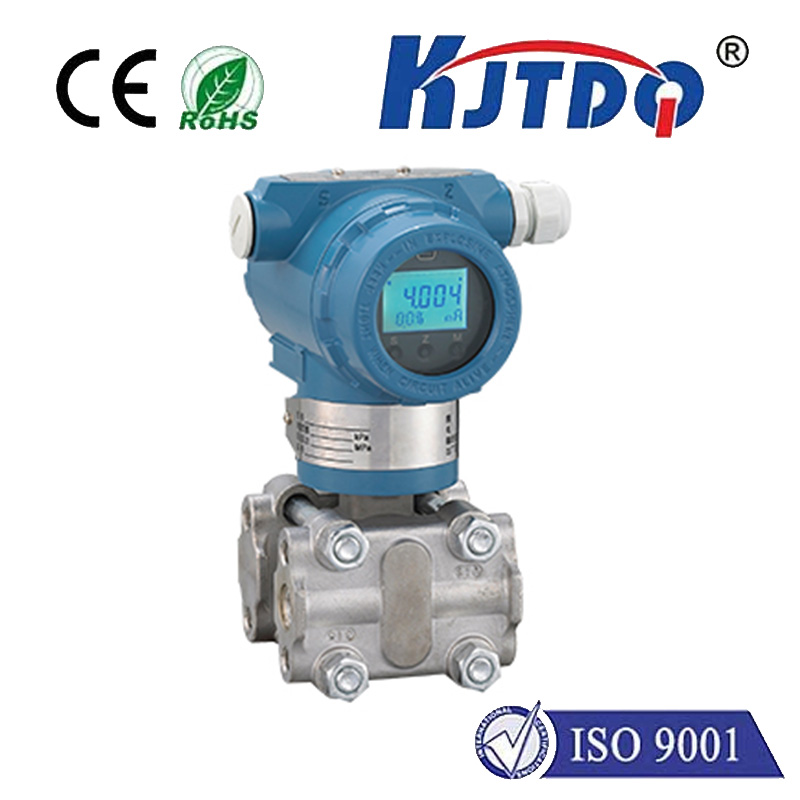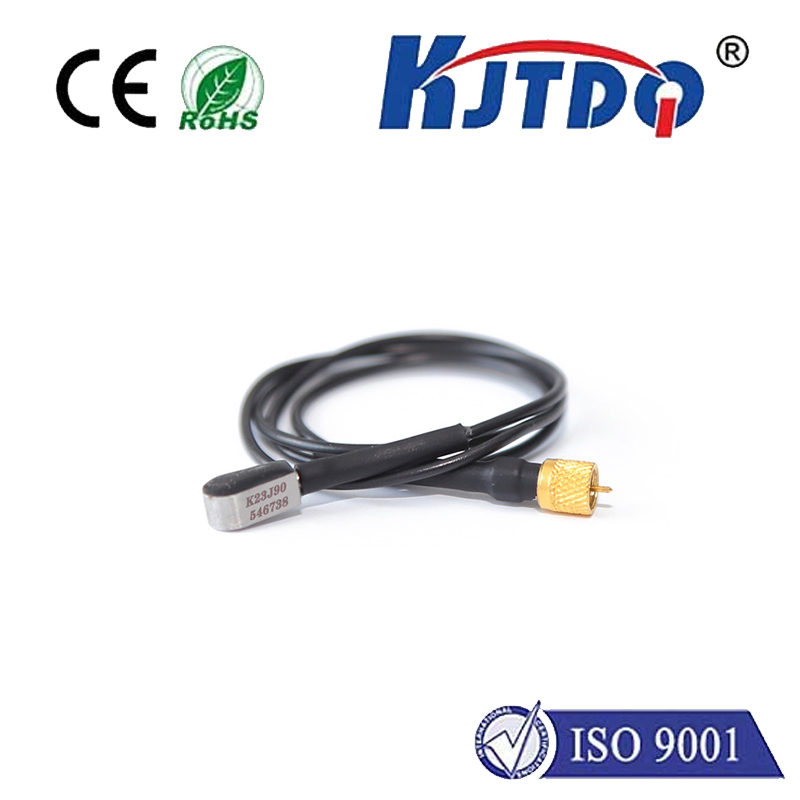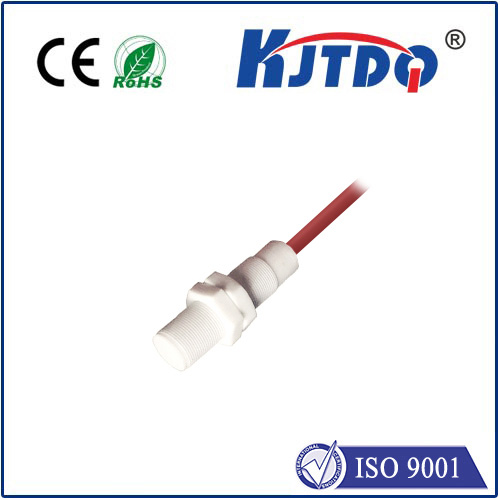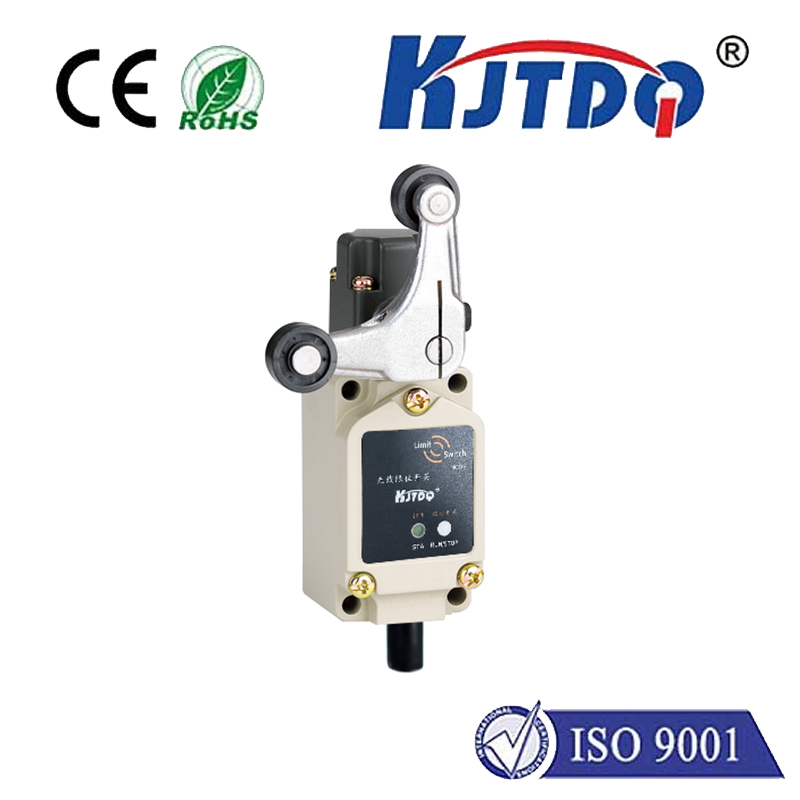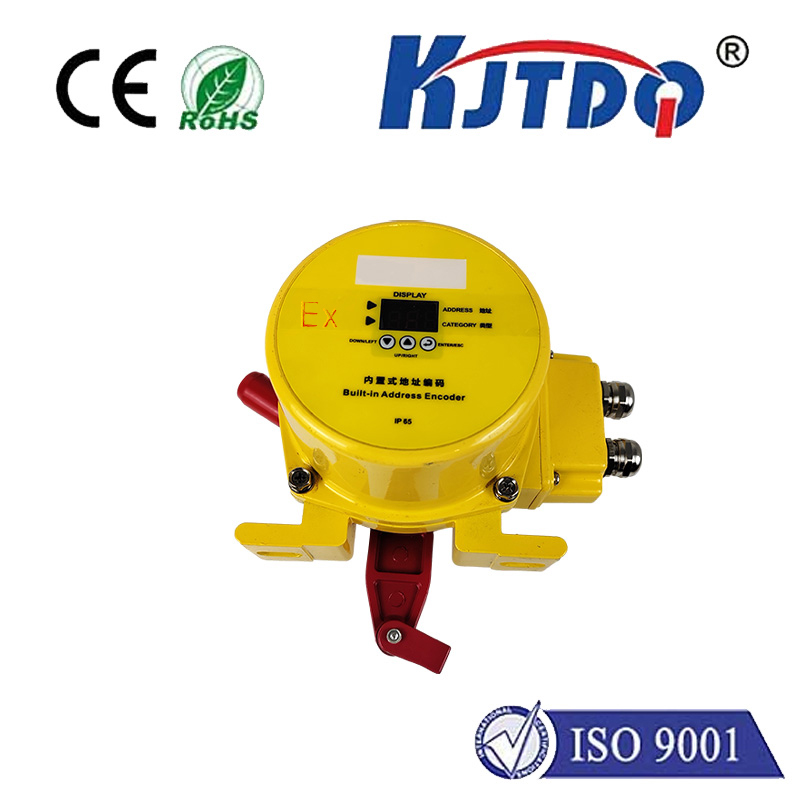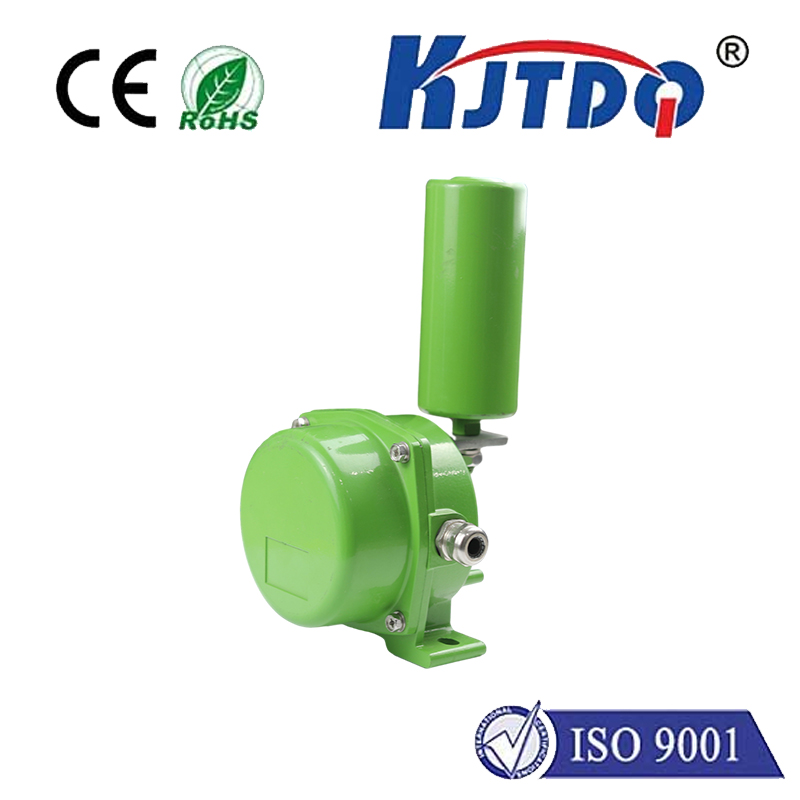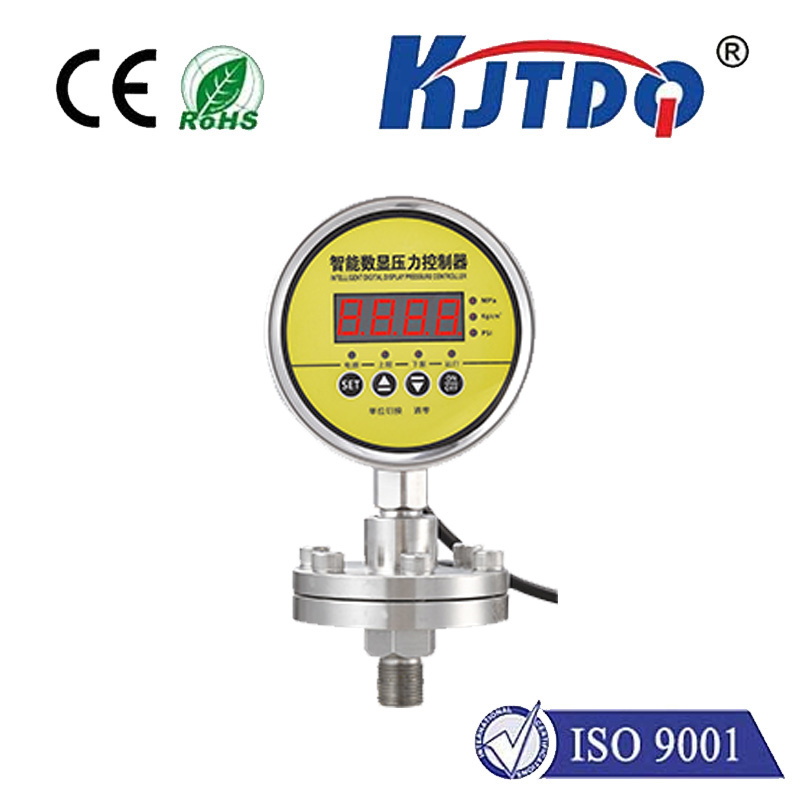inductive ring sensor
- time:2024-11-08 00:14:29
- Click:0

Title: Unveiling the Mystery of Inductive Ring Sensors: An In-Depth Look into Their Functionality and Applications
Introduction to Inductive Ring Sensors
In today’s technologically advanced world, sensors play a crucial role in various industries for monitoring, controlling, and ensuring the smooth operation of machinery. Among these, the inductive ring sensor stands out as a versatile and reliable device used extensively in automation and manufacturing environments. This article delves into the intricacies of inductive ring sensors, elucidating their working principle, advantages, and diverse applications.
Understanding the Working Principle
At its core, an inductive ring sensor operates based on the principles of electromagnetic induction. It consists of two main components: the transmitter coil and the receiver coil, both embedded within a compact housing. When an external metallic object passes through or comes close to the sensor’s detection range, it disrupts the electromagnetic field generated by the transmitter coil. This interference is detected by the receiver coil, triggering an output signal that indicates the presence or absence of the object. The design ensures high sensitivity and robustness against environmental factors such as dust, moisture, and temperature fluctuations.
Key Advantages of Inductive Ring Sensors
- Non-contact Detection: Unlike contact-based sensors, inductive ring sensors do not require physical touch with the target object, reducing wear and tear and prolonging sensor lifespan.
- Versatility: They can detect a wide range of materials, including ferrous and non-ferrous metals, making them suitable for diverse industrial applications.
- High Durability: Encapsulated in rugged housings, these sensors withstand harsh industrial environments, including extreme temperatures, vibrations, and chemical exposure.
- Long Lifespan: With no moving parts, inductive ring sensors exhibit minimal maintenance requirements and prolonged operational lifetimes.
- Easy Integration: Their compact size and compatibility with standard connectors enable seamless integration into existing systems, enhancing automation efficiency.
Applications Across Industries
- Automotive Manufacturing: In automotive assembly lines, inductive ring sensors are employed to monitor the movement of components, ensuring precise alignment during processes like welding and painting.
- Packaging Industry: These sensors help in product counting, quality control, and position sensing within packaging machinery, streamlining operations and minimizing waste.
- Material Handling Systems: In conveyor belts and sorting systems, they detect the presence of objects, facilitating automatic loading, unloading, and sorting tasks.
- HVAC Systems: Within heating, ventilation, and air conditioning (HVAC) systems, inductive ring sensors contribute to energy efficiency by regulating fan speeds based on real-time airflow data.
- Aerospace Sector: Critical in aircraft engine testing and maintenance, these sensors ensure accurate measurement of rotating parts, enhancing safety and performance.
Conclusion
The inductive ring sensor exemplifies the marriage of simplicity and effectiveness in modern sensing technology. Its non-contact detection, durability, and adaptability make it an indispensable tool across numerous industries. As automation continues to revolutionize production processes, the demand for reliable sensors like the inductive ring sensor will undoubtedly grow, cementing their place at the forefront of innovation in sensing solutions.





